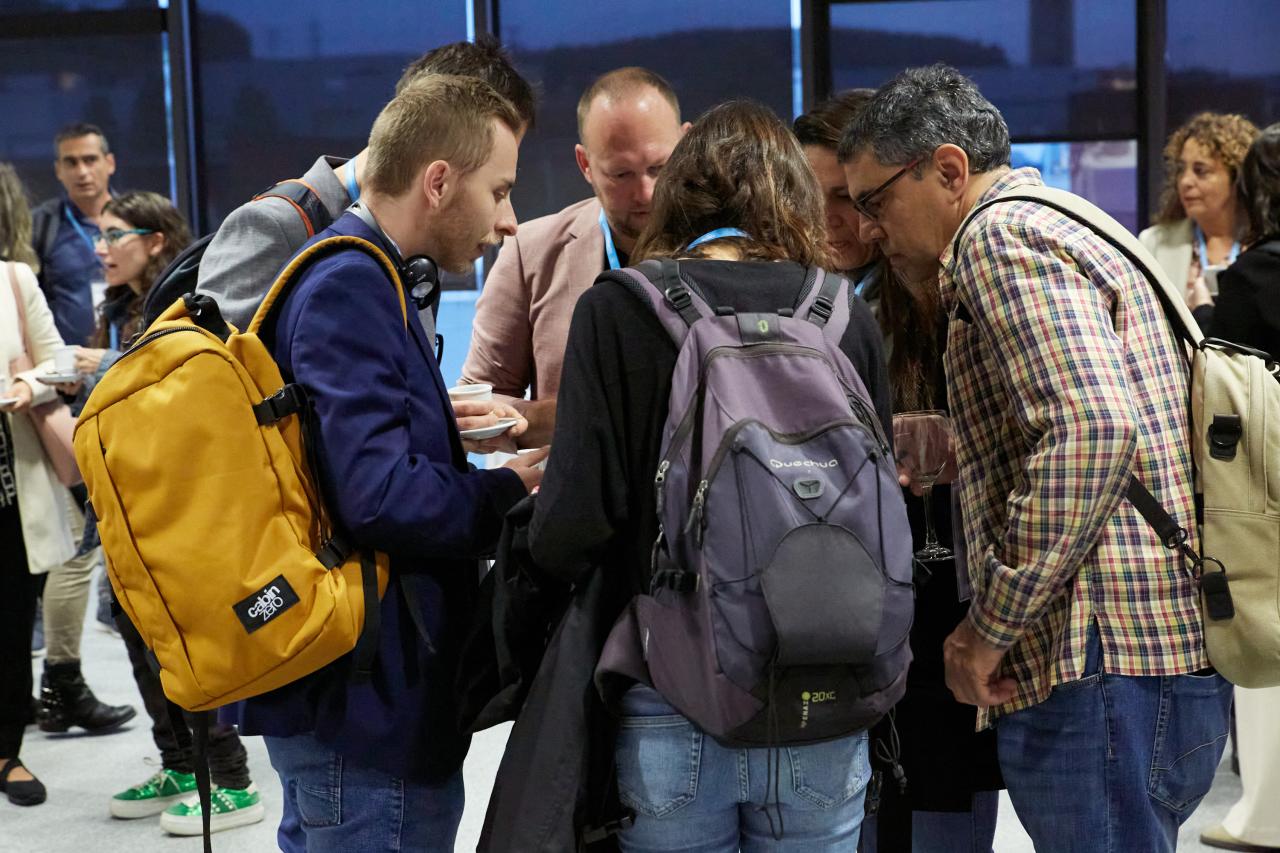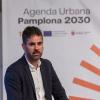These cities have reaped the benefits of historical industrial development, providing well-paying jobs and business opportunities to their residents. However, the impacts of climate change, globalization, and technological advancements are straining industrial enterprises in these European cities. Many have been forced to close or significantly scale back operations, especially in places where 35% of the population is employed in the industrial sector, resulting in profoundly negative consequences.
The In4Green network cities aspire to progress toward a green transition by mitigating pollutant emissions and enhancing the quality of life for their inhabitants. Achieving this necessitates a transformation, fortification, and adaptation of their respective industrial sectors—a process that will undoubtedly vary in significance for each city. Yet, the aim is to develop approaches and solutions that can be shared and replicated.
Solingen - the city of knives
Solingen, a German city near Düsseldorf, has been producing the finest knives and swords for more than ten centuries. Ninety per cent of German cutlery companies are based in this city, where there is also a strong presence of other industrial sectors such as electroplating. Dr Elke Moosbach is CEO of the century-old Moosbach & Kanne Electroplating Company, an SME that has managed to reduce its carbon footprint by 45% in recent years by investing in energy efficiency, saving up to €500,000 in energy.
"Our biggest challenge is how to get heat in winter from renewable sources, especially since the price of natural gas skyrocketed because of the war in Ukraine," says Dr Moosbach.
Her company has a project for a biogas-based system with heat recovery and high efficiency, which could contribute to the European green transition targets in industry, but the investment is very high and access to grants is very difficult.
Avilés: the city of innovation
Víctor Fernández has been working in Avilés Empresas for more than 20 years helping the local business fabric to adapt to the new challenges of the industrial transition. He was born in this small city in northern Spain and remembers the smell and the haze in the air generated by the coke and steel industry.
Victor assures that "it is not a negative memory, on the contrary, I remember it with longing. Here we have a strong link with the industry because we all have a family member who worked in ENSIDESA".
Empresa Nacional Siderúrgica, S.A. (ENSIDESA) was a large Spanish public company that had an integral steel plant in Avilés. This plant meant the urban, economic and social transformation of the district of Avilés and became the largest steelworks in Spain. Nowadays, its facilities still belong to the multinational ArcelorMittal, whose main R&D centre is located in Avilés, thanks to the cooperation with the City Council, which has cooperated in the creation of 12 public-private R&D centres.
Dąbrowa Górnicza and its Special Economic Zone
ArcelorMittal has another factory in the Polish city of Dąbrowa Górnicza.
The downsizing of the steel plant led to a strong commitment to the creation of a Special Economic Zone on the outskirts of the city. The municipality bought the land and brought forward investments and infrastructure construction.
"It was not easy to convince the local government to approve the project, but we are now starting to see the results with the first technology companies setting up in our city”.
Undoubtedly, a success story in attracting investment.
Sabadell and its textile industry
Joan Santamaria is owner and CEO of Hilaturas Arnau in Sabadell, Spain, near Barcelona. This third-generation family business has been producing high-quality yarns for brands such as Burberry for more than 75 years. The relocation of the textile industry has forced the company to reinvent itself:
"We now work with new recycled technical fibres such as para-aramid, from disused bulletproof vests, for the production of technical yarns and fabrics for industrial and protective uses", explains Joan.
Thus, in addition to maintaining industrial activity, they contribute to the circular economy of the textile sector.
Famalicão protects its industry
Augusto Lima is the councillor for Integrated Development, Economy and Entrepreneurship in the municipality of Vila Nova de Famalicão, a medium-sized Portuguese city near Porto. The textile industry has always been very important for this city:
"During the economic crisis of the late 1990s we resisted losing our industry, even though we were advised to reconvert our economy towards a service-based economy", says Augusto.
Thanks to the efforts of the City Council and companies, they have managed to maintain and strengthen this sector. As a result of this effort, CITEVE was born in 1989, a textile R&D centre, which is currently working on innovation, namely the circularity of the industry through the BE@T project, in which they investigate how to recycle jeans, creating threads to make new jeans, or the use in the sector of raw materials such as pine bark, turmeric, cork or vine branches. Here they can convert any organic waste from other industries into yarns to make fabrics, not only for clothing but also for the automotive, aviation and security sectors.
Halting population loss in Žďár nad Sázavou
Martin Mrkos is the mayor of the small Czech city of Žďár nad Sázavou. In 1990, the city had 25,000 inhabitants thanks to the development of industry. Today it is less than 20,000, having lost a 20% of its population in 30 years.
According to the mayor: "We are one of the so-called shrinking cities. Our challenge is to offer the best living conditions to retain the population and attract talent and investment".
The younger generation in Žďár nad Sázavou is no longer interested in the job opportunities offered by local industry. Many move to study at universities in Prague and Brno, never to return. And the few who do return settle in nearby villages where housing is cheaper and more attractive as a single-family home. Park for the Future is a new industrial zone to which they intend to attract companies in the technology sector. In addition, the city has plans to offer attractive vocational training pathways to provide new opportunities for young people without having to leave the city.
A major common challenge
These are just some of the stories of the cities that are part of the URBACT In4Green network and that want to build a new green future for their cities and their inhabitants, without giving up their industrial sector. These six cities share challenges with Salerno in Italy, Larissa in Greece, Bijelo Polje in Montenegro and Navan in Ireland, which are also part of the network, and with which they want to discover and explore solutions and exchange best practices.
The challenge is huge and involves decarbonising and digitalising the industrial sector, strengthening innovation, increasing the circularity of the economy, adapting the city and its infrastructures to climate change, supporting local SMEs, as well as training and educating workers. This is a challenge that cannot be tackled by a city council alone and requires the involvement and collaboration of other public authorities, the private sector, academia and the civil sector.
The ten cities taking part in the URBACT In4Green network have started to walk a path together that many other cities in Europe will have to face in the coming years.


